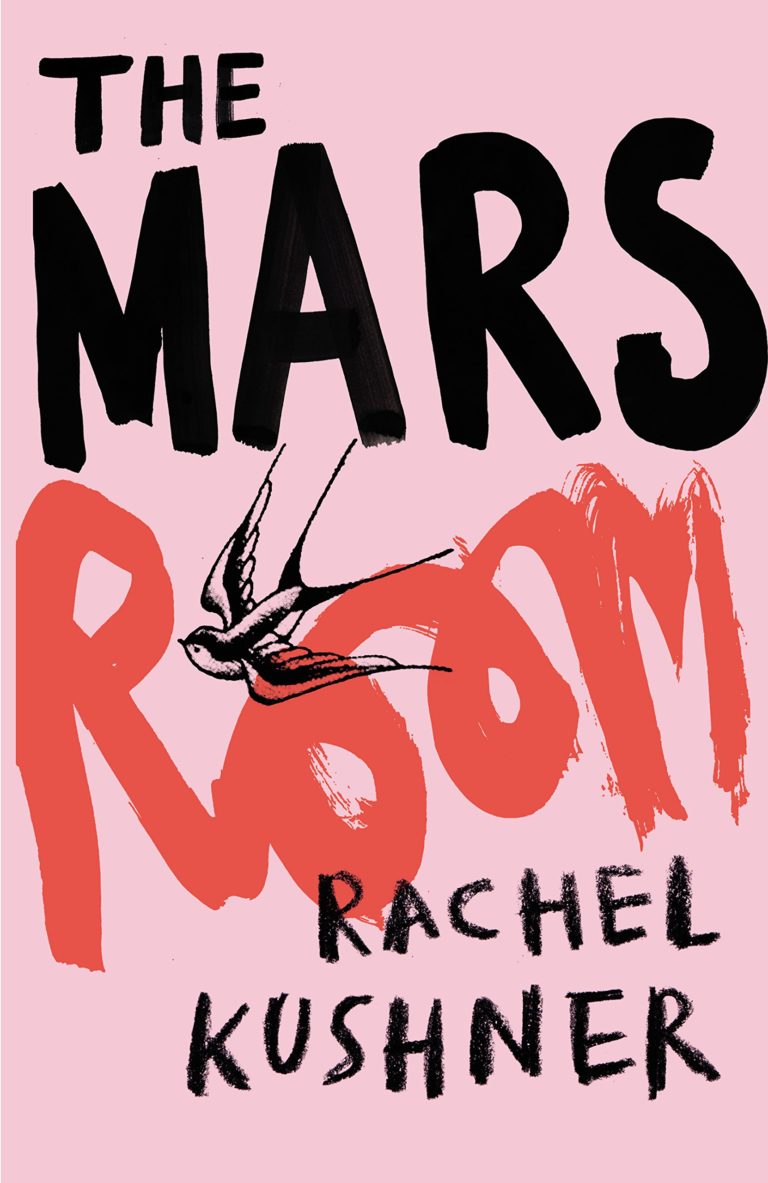Set primarily within the perimeter of a women’s ‘correctional facility’, Rachel Kushner’s third novel The Mars Room is a book of invisible spaces. The women inhabit the void behind the theatre of trials and headlines, a space that in turn inverts the experience for its prisoners, so that outside life becomes its own emptiness—more a concept than reality, like life after death, where the people and places they knew must still exist, but in a form that cannot be imagined convincingly.
In taking on such subject matter, Rachel Kushner’s writing operates according to a similar dynamic. The book serves as our window into the invisible world, a product of the author’s willing immersion in the Californian legal and justice system. As Dana Goodyear unpacks in her New Yorker profile, Kushner spent time getting to know various people in prison, including a former contract killer serving life with no possibility of parole. By actually entering such places, giving names and faces to such figures, the usual tropes of prison fiction are avoided. Just as the characters give up a visible life when entering the previously invisible, Kushner also drops the previously visible world, or whatever the general public construct as the so-called visible, shedding all pre- and misconceptions in order to more fully take in the unseen reality. And, as with those serving life, once one drops the old view and takes up a new one, there is little possibility of reversing the process.
As well as detailing life within a women’s prison, the novel also casts a light on the lower class experience of San Francisco, the side of the city not buoyed by Silicon Valley, or perhaps even submerged by it. Kushner details a dangerous upbringing where personal freedom (pre-teens can traverse the city at will, drinking and fighting) is counteracted by a systemic limitation. The quote-unquote ‘proper’ path of life is severed sometime during school, be it through discrimination or lack of opportunity, or else a private refusal to assimilate. To be, quote unquote ‘saved’. The justice system is almost pitched as a remedy to this, a system of rules built upon negatives. No running. No congregating. No bare feet or uncovered shoulders. No high-fiving and no horse-play. No gum chewing in the courtroom and No-Huff Glue in the workshops. No escape from anything, ever.
This recurring motif of brutal and often bizarre orders serves a vital purpose in The Mars Room. If the economic disparity of late capitalism might feel like a prison of its own, Rachel Kushner is careful to extinguish any suggestion of metaphor. The system outside decides the penitential demographic, and indeed the entire form and shape of the contemporary justice system is dictated by capitalistic forces, so the two are intrinsically linked. However, Kushner’s portrayal of prison offers another level entirely, a captivity so deep and all-consuming that poverty pales in comparison. The small freedoms of childhood and adolescence do not excuse inequality, but they allow her to form an identity within it. The justice system, from court to prison, strips almost all aspects of identity, and with it a great deal of dignity too.
The Mars Room opens on ‘Chain Night’. A busload of women are cuffed and counted and transported to Stanville Women’s Correctional Facility, an all-night drive for sixty individuals who have varying degrees of familiarity with the process. Starting her double life sentence (plus six years), protagonist Romy Hall has never experienced Chain Night before, and never will again. Still, she holds herself together. Or rather, she holds herself better than when she first landed in county, where she cried and cried until her cellmate showed her a tattoo, scrawled on her back in the gap between her shirt and pants, which read ‘Shut the fuck up.” Romy comes to cannonize this woman, “not for the tattoo but the loyalty to the mandate,” as though the preservation of dignity is still a fight worth fighting.
However, while Romy forms a saintly image of her old cellmate, that is not to say that Rachel Kushner’s prison rewards displays of penance and asceticism. Indeed, it is made clear that remaining halfway human is the only goal inside, and dehumanisation through self-flagellation is no different than dehumanisation from the wider system. When the ultimate punishment is being reduced to simple inmate names and numbers, your life nothing more than a national statistic, then what use is there in flattening your own vision of yourself too?
Because to shrink your life into a stoic act of contrition would be to accept your crime as the core definition of self, a single moment obliterating all sense of personality and history. So, in The Mars Room, characters are not separated into ‘good’ and ‘bad’ prisoners. Stoicism and sacrifice mean nothing not because a yawning nihilistic meaninglessness consumes all within the cell walls, but rather because meaning persists in all. Even the disobedient have significance, the most troubled and violent. Which goes some way in explaining the cast of characters within Stanville. Spouse killers, baby killers, killers of any witnesses. White supremacists and death row fantasists and women now specialists in playing lonely men over the phone. All are treated with an even gaze, with no hierarchy of morality or self-worth.
In this way, Kushner is following something of a Dostoyevskian theme, her characters capable of committing terrible violence and maintaining some semblance of innocence too. As Jennifer Wilson wrote in a recent article for The New York Times, “Dostoyevsky implored [that] it is not only our task to support the innocent or wrongly convicted but also to recognize the humanity of the guilty and the shared sense of responsibility that we have for one another.” As Romy insists at the end of the novel, “the opposite of nothing is not something. It is everything.” For Rachel Kushner, being human no matter what means just that. No matter what.
The Mars Room is out now via Jonathan Cape (UK) and Scribner (US).

